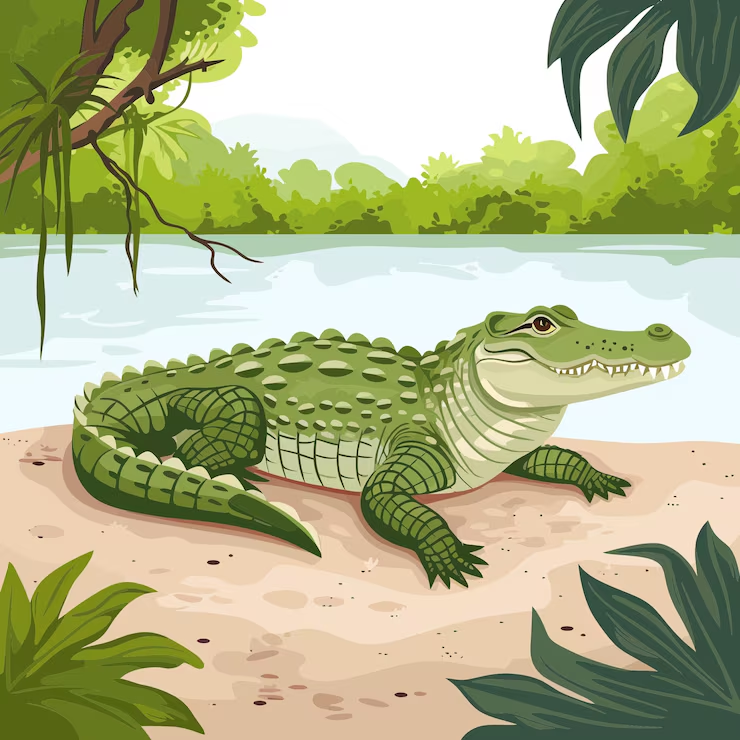Answers For VOL 4 Test 9 - Textiles with Business Studies
Answers and detail explain for VOL 4 Test 9 - Textiles with Business Studies
1.
Engineering
2.
printed
3.
global market
4.
documentation
5.
traditional
6.
tutorials
7.
reflective
8.
business plan
9.
journalism
10.
interview
Explain
VOL 4 Test 9 - Textiles with Business Studies

0:00
0:00
Speaker: Thank you, first of all, for coming along to the university's open day and, in particular, for coming to this talk to find out about our course in textiles with business studies. The cooperation between the Faculty of Arts and Architecture and the Business Faculty enables us to offer this undergraduate and integrated master's course. In the five years this course has been running, we've learned a lot and it's become very popular. Now, thank you. 1Thanks to the Faculty of Engineering, we're also able to offer a really exciting opportunity to those who would like to further diversify and would like to carry their learning through into new disciplines. Now, 2the aims of this course are firstly to create innovative and highly motivated textile practitioners within the disciplines of knitted textiles, an increasingly popular area, as you will have seen on the catwalks, printed and, of course, woven textiles. Secondly, we also ensure that our students gain an in-depth knowledge and understanding of related business operations. We make sure that our students have sufficient hands-on experience by arranging interesting and relevant work placements. 3The focus of the integrated component of the work placement is the global market. Our aim is to locate studio work in this increasingly important context. Moving on to what we do in each year. In the first year, students explore the three subject areas of textiles in rotation. 4The emphasis for the first year is experimentation and we ask for evidence of visual research, which must be supported by documentation and proposals for its application. In year two, design and technical skills are related to the real world. Unlike many other university textile courses these days, 5we give our students the opportunity to choose an extra module on the traditional processes of design, which gives a historical perspective on their work. This can be done before introducing students to computer-aided design. Students at this point, year two, decide if they intend to complete the course at year three with a BA ONS or progress to year four and conclude with a Masters in Design. 6Students can also have tutorials if they feel they need help making this important decision. This reflects our commitment to student support at all times. 7Year three consolidates the knowledge gained using a particular learning style. It's called reflective practice. That means you look back on what you've done and analyse and evaluate your subject in both academic and professional contexts. This helps and encourages deeper understanding. 8Students produce a dissertation on a topic of their own choosing and a portfolio of their textile collection. Also, to help underpin the commercial aspect of the course, we ask for a business plan. On the subject of career opportunities, many graduates work directly within the textile business, with careers commonly found as stylists and retail managers. 9However, it shouldn't be forgotten that there are many other exciting opportunities for example, careers in journalism for those with a flair for words or trend forecasting for those with their eye on the future. We are certain that we shall see broader and more varied opportunities for our graduates. 10If you like what you've heard today and are thinking of applying for the program and you'd like to talk to us further, please come back tomorrow. You'll have the opportunity to do a brief interview where we'll be able to assess your aptitude for this subject area. Many students who haven't studied related subjects may be surprised to find that they're quite well suited to our program. After that, of course, you'll need to go through the usual application procedures.
Questions 1-10
Complete the notes below. Write NO MORE THAN TWO WORDS for each answer.
|
New development
Aims of course
Course content
Year One: experimentation
Year Two: relating skills to the real world
Year Three: consolidation
Career opportunities
|
![[Forecast Q2-2025] - Biology lecture](https://static.helik.app/reading/8fd3d7d2-ccf9-47a3-8920-2e7a3b0d6607)
![[Forecast Q2-2025] - Living in the City](https://static.helik.app/reading/1a60bcf3-f3a7-4e9b-97a2-94d156a0de3b)
![[Forecast Q2-2025] - Student Union](https://static.helik.app/reading/fb443123-8c1d-447e-8c79-5a01650f4754)
![[Forecast Q2-2025] - Fruit-picking Job in an Orchard](https://static.helik.app/reading/e1968346-6c55-44ae-b8d3-f6a4fb7207b9)
![[Forecast Q2-2025] - University Crime Prevention](https://static.helik.app/reading/bdda593e-16d6-4c72-8a12-b116e917b27c)
![[Forecast Q2-2025] - Business Course](https://static.helik.app/reading/3308e282-99a6-4bcb-9d22-0b488701d968)
![[C20T1] - Choosing a restaurant](https://static.helik.app/reading/e9b21123-c43c-42fb-88b7-5d0be3a37e03)
